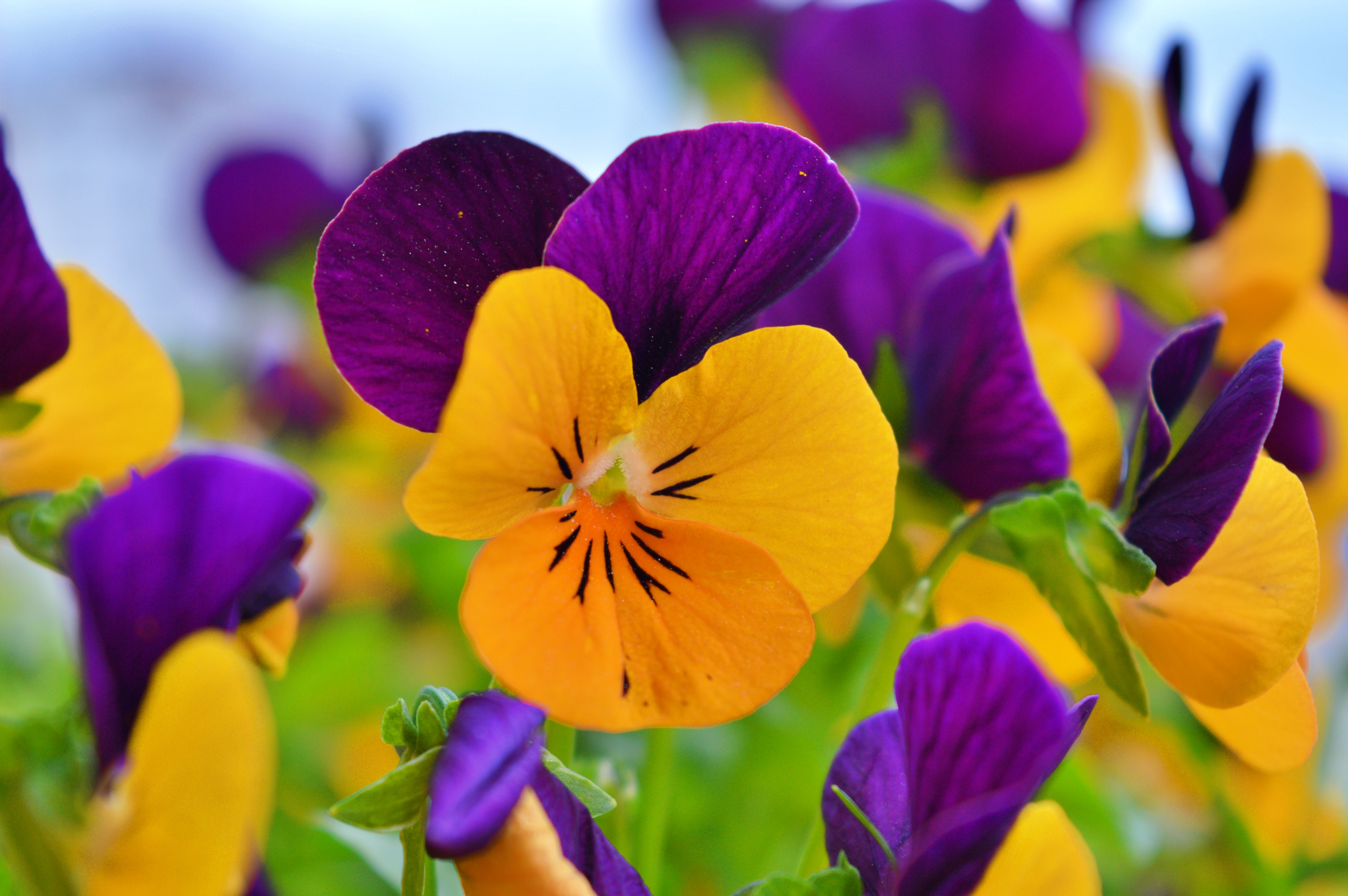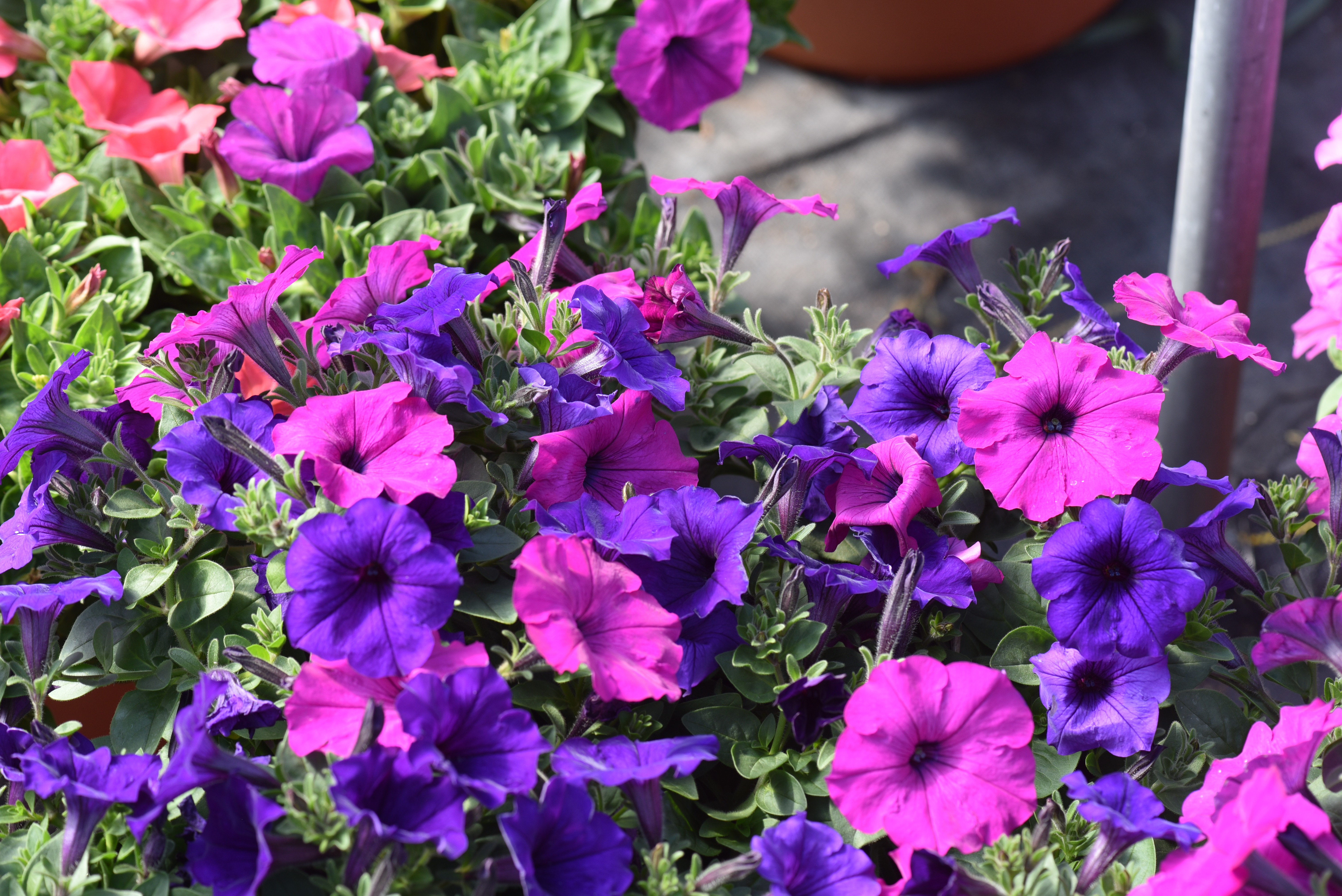CO2 Acclimation Levels for Pansy and Petunia
Introduction:
While it is well known that plants react positively to enriched carbon dioxide levels, responses are not typically maintained throughout the entire growing cycle. Each plant species requires varying amounts of CO2 at different times to avoid becoming acclimated to the CO2. In this study, researchers tested the CO2 acclimation levels of pansy and petunia flowers.
Set Up:
Pansy (Viola ×wittrockiana ‘Matrix Blue Blotch Improved’) and petunia (Petunia ×hybrida ‘Dreams Midnight’) seeds were planted in trays and placed in growth chambers. Carbon dioxide treatments varied between two growth chambers with setpoints of either 400 (ambient) or 1000 μmol⋅mol−1 (elevated) maintained during a 16-hour photoperiod. Apogee precision thermistors (ST-100) and humidity probes (EE08-SS) were used to measure the air temperature and relative humidity in the growth chambers. The rate of photosynthesis was measured each week in each CO2 levels.
Results:
After four weeks, the higher CO2 level produced larger total shoot dry mass for both pansy and petunia. However, the increased CO2 had little effect on stem caliper, stem length, flowering time, or number of flowers for both species. The photosynthesis rate decreased in the flowers in the elevated CO2 study after seven days, which indicates the rate of acclimation to carbon dioxide. The researchers believe that once the flowers filled their container, the extra carbon could no longer be used effectively for growth.
Conclusion:
This study provided insight into the timing and extent of CO2 acclimation for pansy and petunia plants. However, the results were potentially affected by the size constraints of the study, and more research is necessary in controlled environments.
Image 2. Purple and pink petunias in a greenhouse

Image 1. Photo by Lora P; Purple and yellow pansies
- David W. McKinney
- Joshua K. Craver

